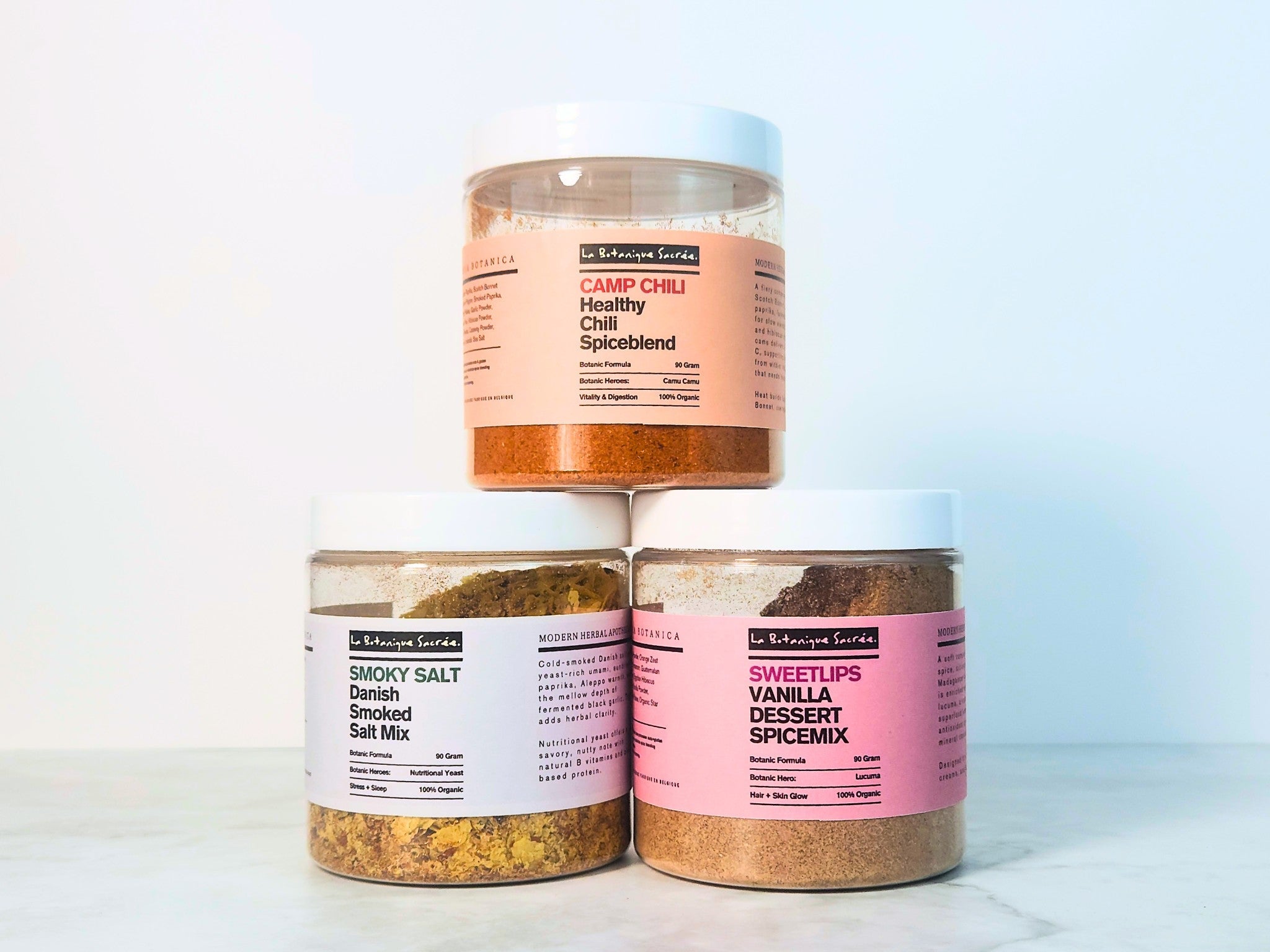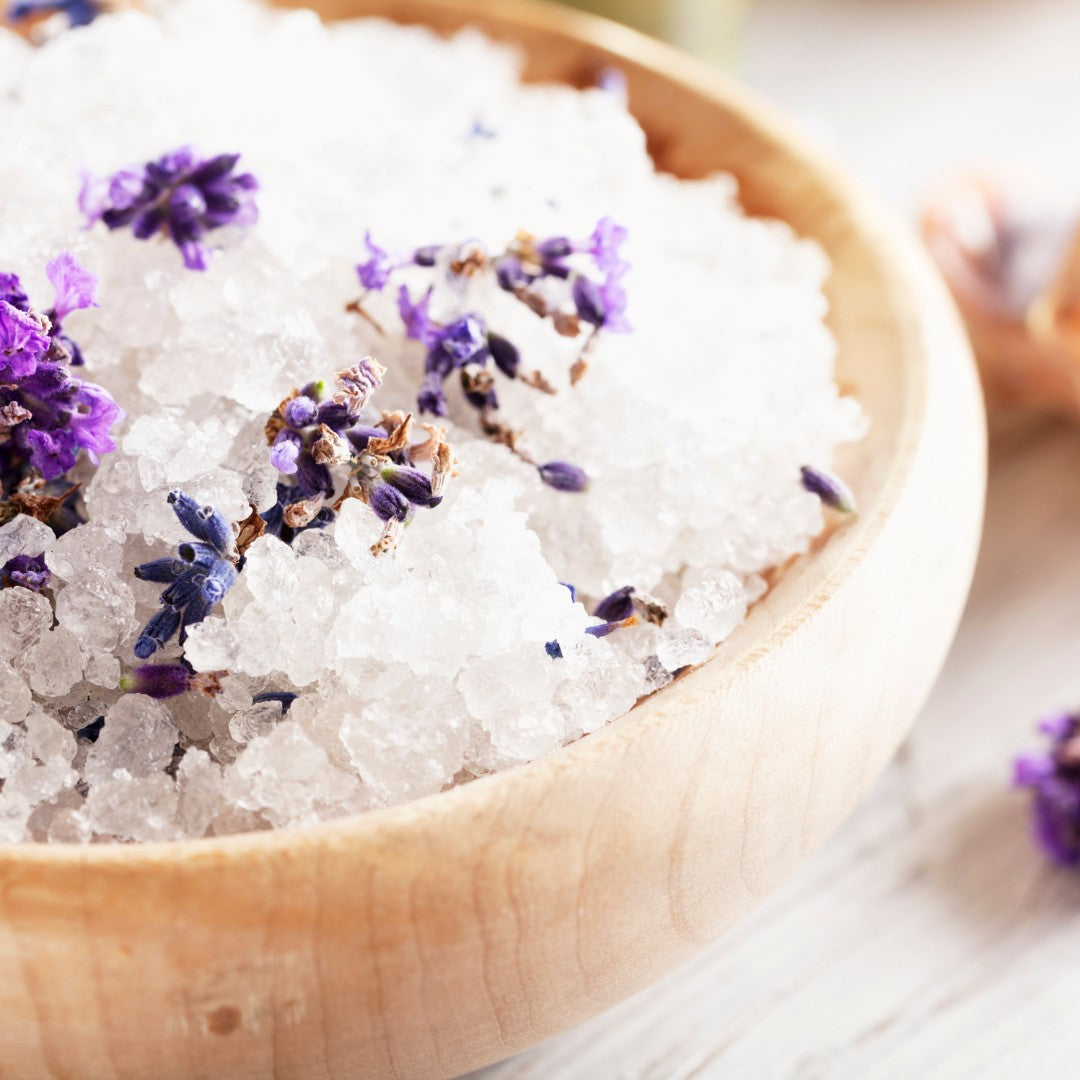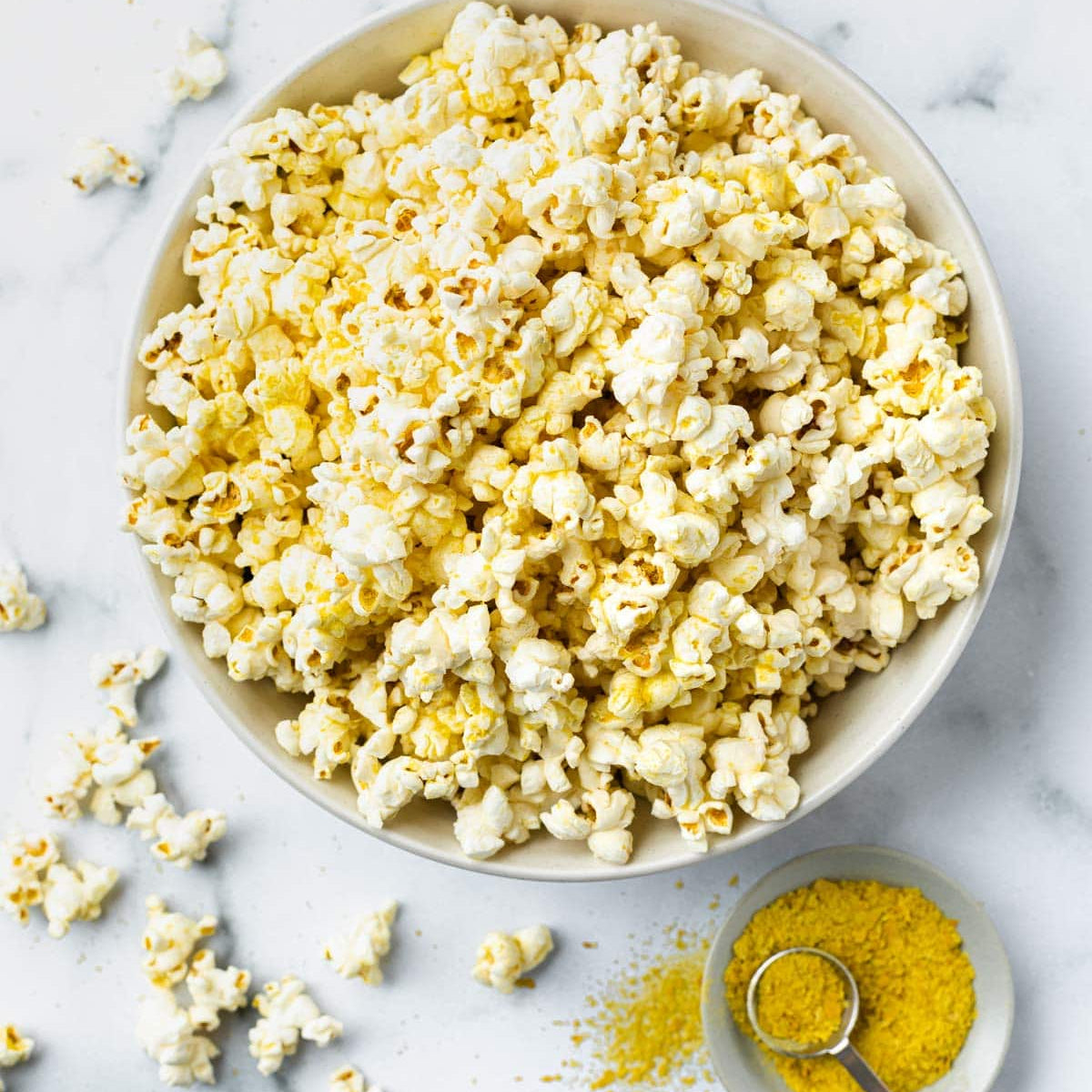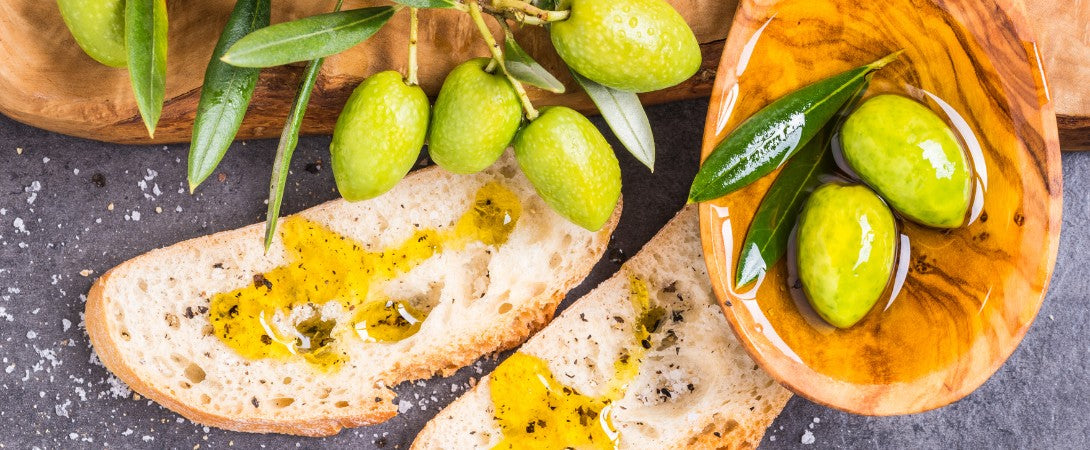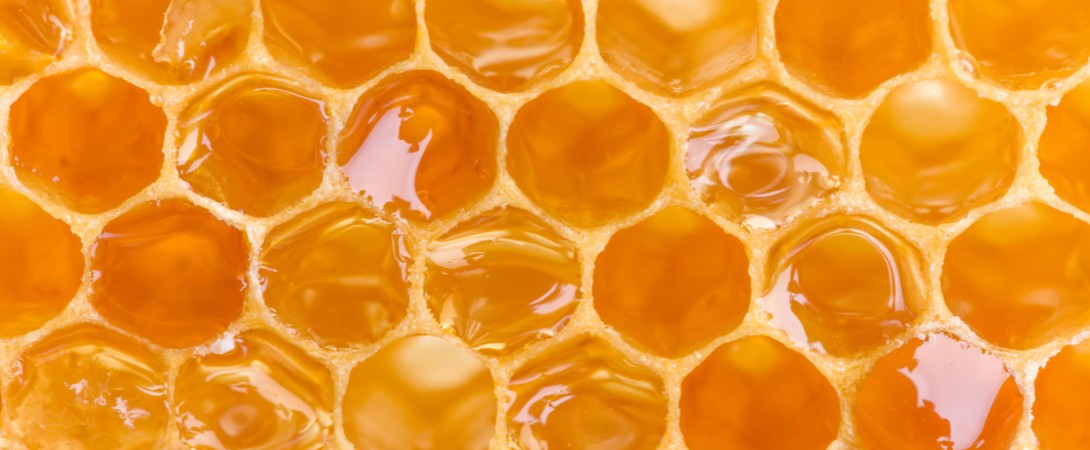Amalaki Powder for a green apple experience
Amalaki powder (also called amalaki Indian gooseberry) is a tart, apple-green fruit turned into a velvet dust that slips into drinks or dough and quietly delivers huge vitamin C, rare polyphenols, and a gentle herbal note.
One spoon stirs easiliy into liquids to make amalaki juice, brightens cereal, or even powers hair-care masks positioning amalaki for hair benefits. It's truly versatile in nature, by nature.
Science and Composition
Chemical Composition
Fresh fruit ranges from 193 to 720 mg vitamin C per 100 g, with powders still holding about 500 mg thanks to protective ellagitannins such as emblicanin A and B pmc.ncbi.nlm.nih.gov pmc.ncbi.nlm.nih.gov .
These tannins, plus punigluconin and pedunculagin, supply strong antioxidant capacity in cell studies pubmed.ncbi.nlm.nih.gov .
Amla powder carries roughly 3 g protein, 8 g fibre, and negligible fat per 100 g, while potassium and iron top the mineral list
Origin & Nutritional Composition
Berries for our powder grow on pesticide-free groves in central India, then sun-dry below 45 °C before milling; A 5 g serving offers about 15 kcal, 75 mg vitamin C and 1 g fibre.
Reported Health Benefits
Regular intake of 3 g daily improved oxidative-stress markers and boosted glutathione in healthy adults over 12 weeks.
Clinical work on Triphala (where amla is the lead fruit) showed lower LDL-cholesterol and triglycerides in several trials pmc.ncbi.nlm.nih.gov .
Small studies also note lower fasting glucose and gentler blood pressure, adding real-world weight to traditional claims pmc.ncbi.nlm.nih.gov .
Because ellagitannins shield ascorbic acid, vitamin C stays available even after heating. Definitely one reason “ amalaki powder benefits ” blogs praise its stability.
Hair researchers found amla syrup lengthened the hair-growth (anagen) phase in women with androgenic loss, feeding the trend of amalaki for hair oils and masks
Heritage and Function
Cultural Significance & Historical Significance
Sanskrit texts call the berry Amṛta-phala, the fruit of immortality.
Buddhist monasteries planted groves as tonic larders, and Mughal courts preserved slices in honey for rich banquets.
Victorian pharmacists imported “Indian gooseberry pastilles” after colonial botanists praised the fruit’s vitamin C.
Today, street vendors sell neon-pink amla murabba at Diwali, and wellness cafés blend sparkling cinnamon tea with amla syrup for a sweet-tart twist.
Flavor Profile
First sip feels like underripe kiwi with a green-tea echo, then a quick tannic grip that clears the palate.
One amla tree lives over a century and begins fruiting after just ten years.
Bollywood singers sip warm amalaki juice to soothe vocal cords before long studio sessions.
Farmers in Uttar Pradesh celebrate an annual Amla Fair, trading pickles, candies, and hair oil.
Vitamin C in amla remains stable through drying because tannins block oxidation
La Botanique Sacrée's Approach
Our formulation team values amla for bright tang without added water, making it the quiet star when “cinnamon spice” alone feels flat
THE SOUK - Ras el hanout royal with lucuma, carob, and amalaki berry for citrus-bright superfruit lift.
OEUF 09 - Green omelet blend where moringa, herbs, and citrus notes meet the vitamin-rich edge of amalaki.




